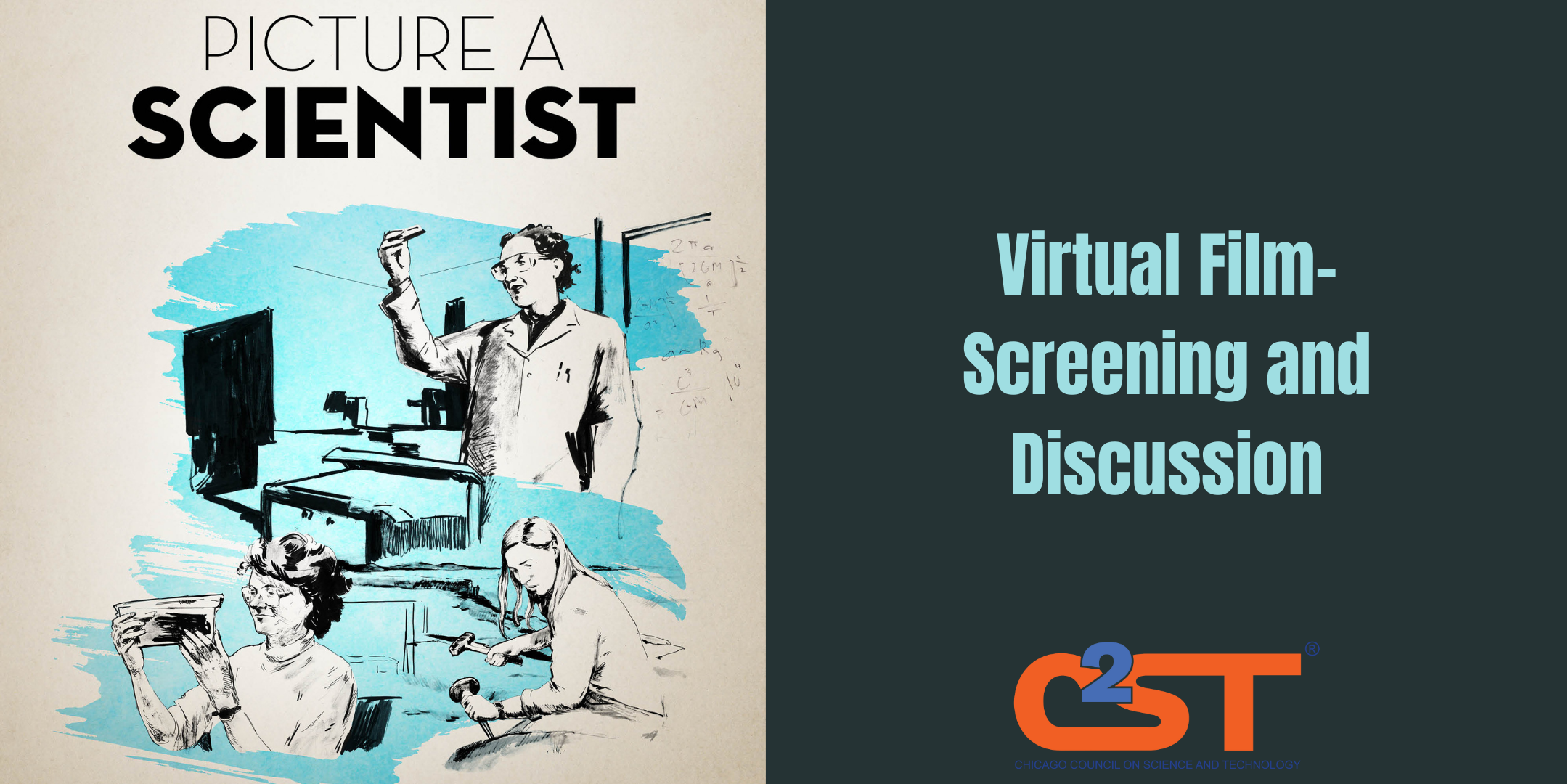Argonne X-Ray Machine Plays Key Role in COVID-19 Vaccine Development
By Robert J. Kriss, C2ST Editor
In 1995 Argonne National Laboratory built a machine known as the Advanced Photon Source (“APS”) which generates X-rays capable of detecting the atomic structure of many different substances, including viruses. Over the last two and a half decades, scientists have used the APS to help develop more effective vaccines against infectious diseases.
Continue reading “Argonne X-Ray Machine Plays Key Role in COVID-19 Vaccine Development”


